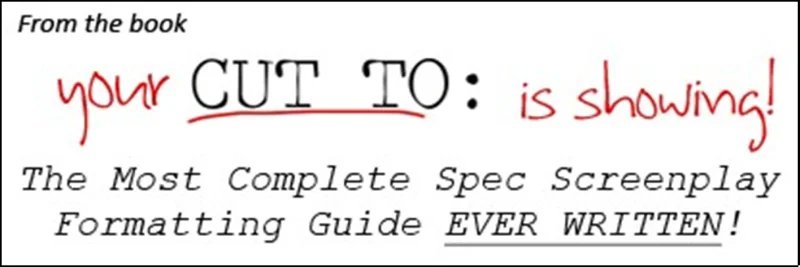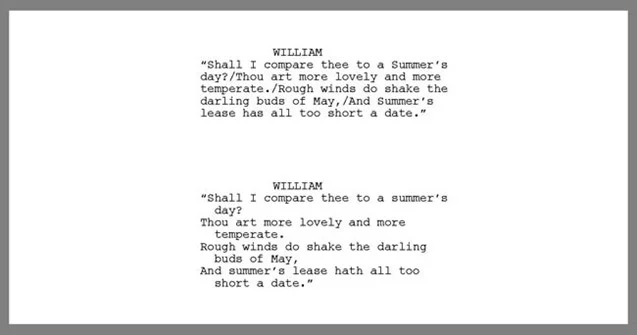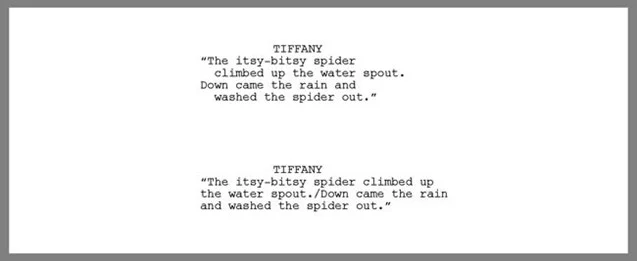
Dialogue: Grammar, Dialect, and Lyrical Dialogue
by T. J. Alex
Book Excerpt, 4 pages
Viewed by: 56 Residents and 3920 Guests

Dialogue: Grammar, Dialect, and Lyrical Dialogue
Grammar and Dialect:
When writing Dialogue, it is important to write the way a character would actually speak.
If that means ignoring the rules of grammar, then so be it.
There ain't nothing wrong with this here example:

Sometimes writing how a character speaks means spelling words the way the writer wants the words pronounced.
Check out this example:

Sometimes simply substituting an apostrophe for letters can do a lot to convey to an actor how a character talks:

Keep in mind, though, that sometimes a character's dialect may be so thick, trying to write it the way it would actually be spoken might make the Dialogue hard to read, too much of which is very frustrating to a reader.
The following example is too hard to read, and may even come across as offensive to the actor hired to speak it:

Here is a better way to write the same Dialogue:

There's a little cultural flavor sprinkled into the Dialogue, but for the most part, a Parenthetical will do the job of conveying to the actor how this character should speak. Let the actor find her own voice.
Lyrical Dialogue:
WARNING: A common mistake made by amateur screenplay writers is to put music in their screenplays, either by saying in a Direction paragraph that a character plays or dances to a particular piece of music, or by having a character sing the lyrics to a song in Dialogue blocks.
All that being said, I am not an attorney. If you plan to use someone else's intellectual property in your screenplay, you should consult one.
USE CAUTION!! If a writer decides to use a piece of music or lyrics to a song in a film the writer must:
• Ensure the music or song is public domain, or
• Obtain the legal rights to use the music or song, or
• Own the legal rights to the music or song (probably by writing the music or song himself)
When readers and producers read screenplays with required music or lyrics, red flags go off, because they know buying the film means spending more money to obtain the rights to the music, and a possible legal battle. Many times, those screenplays end up being tossed in the trash.
And for a writer to write the lyrics himself is not a good way to go about it. After all, being able to write screenplays doesn't usually translate into being able to write music. When you write the music or lyrics for a scene, you are asking producers to like the music as well as the screenplay. But what if they don't? File 13.
So even if you are writing a film about a washed-out country music singer, you can show him struggling to write music and playing music on stage, but when it comes time for the music to start and the words to flow from his mouth, leave it up to the producers and director to hire the talent to actually make the music.
The poetry and music used in the examples below are considered public domain. Poetry :
When writing poetry into Dialogue, you have two options.
Look at these examples:

In the first example, slashes are used where the natural line breaks occur. This method uses less page space.
In the next example, the line breaks are forced onto new lines. Where the lines wrap to the next line, that line is indented two spaces to preserve the line of poetry in its original form. It took me a while to figure out how to make this indention happen in Final Draft.
Let's look at the first line, "Shall I compare thee to a summer's day?" First I typed the line and allowed Final Draft to wrap it. Then I put my cursor in front of the "d" in "day" and backspaced until "summer's" and "day" were one long word without a space between them ("summer'sday"). Leaving the cursor in front of the "d," I forced "day" onto its own line by holding SHIFT while pressing ENTER. Only then was I allowed to put the cursor in front of "day" and space it over two spaces.
Sounds like a lot of work, but it's not that bad. This sort of Dialogue will be rare in a screenplay (at least, it better be) and so doing this won't take up much time. If it IS a hassle, then refer to the first example above and handle it that way. Song Lyrics :
Song lyrics are pretty much handled the same way. Look at this example of my daughter's favorite song:

Nothing new there. Just remember to enclose the Dialogue with quotation marks.
Musical Lyrics :
So, you fancy yourself a writer of musicals.
You are in the wrong place.
Musicals almost always start out on stage and, if they prove themselves there, migrate over into film. If you are trying to write a musical for film, get used to rejection. You are once again asking a producer (one who is likely in the film business, not the musical business) to like both your film AND your music.
If you want to write musicals, then write musicals. But do it for the stage, not the screen.
But let's say you are hard-headed.
Here is how you would format lyrics for Dialogue written in a musical:

The words are written in ALL CAPS, and the Dialogue block is completely devoid of punctuation, save for the slash indicating the line breaks.
--------------------------
For more screenplay formatting rules and advice, check out the book, Your CUT TO: Is Showing! by T. J. Alex or visit www.scripttoolbox.com.
From there, please like the page on Facebook, and share it with your friends. If you have any formatting questions, please email T. J. at tj@tjalex.com.




